I’ve heard it said that practice doesn’t make perfect, but it does make permanent. To become and remain a culturally competent educator there are five habits you can practice.
- Engage in personal & professional reflection
- Understand mindset (awareness, acceptance, action)
- Participate in focused professional learning/lifetime learner
- Be a goal setter and goal getter
- Take Action
Habit #1 – Engage in personal & professional reflection
Engaging in cycles of cultural reflection is an essential starting place. We each have a culture; our traditions, norms, beliefs, and expectations. These shape who we are personally and professionally. Our culture helps us understand the world around us. Our culture shapes us as educators. It shapes the learning environment we create and the learning experience we establish for our students. Reflecting on this helps us to become aware of our blind spots and biases, our strengths and stories. We often center our classrooms and curriculum around our personal beliefs. Centering ourselves can put us at risk of minimizing, isolating, and marginalizing our students. My Cultural Reflection Workshop & Journal walks you through three levels of reflection and gets you thinking about how different aspects of your culture are centered in the classroom.
Habit #2 – Understand Your Mindset
You are aware of your beliefs, traditions, and expectations, through cultural reflection, now what? After reflecting on your culture to gain awareness, the next step is acceptance. With acceptance comes a shifting mindset. Grab a sheet of paper. Draw a t-chart. Write current belief on one side of the “t” and shifting (desired) belief on the other side of the “t”. Now jot down three of your current cultural beliefs related to pedagogy, teaching, or your students. Then, jot down the adjusted cultural belief or an addition to one of your current beliefs.
Habit #3 – Participate in Focused Professional learning
Alright, my friend. You’ve done most of the tough, but necessary stuff, so here is the next brave step. To truly be a culturally competent educator you must understand what it actually means to be culturally competent and how that shows up in your teaching practices and classroom. You can do this through focused professional learning. Reading the blog posts and the books is great, but actionable professional learning will show you how to successfully implement. If you’re looking to kickstart your learning right now, check out this workshop “Kickstart Your Culturally Responsive Teaching”.
Habit #4 – Be a goal setter & a goal getter
Olympic volleyball player, Rachael Adams, says, “A dream written down with a date is a goal. A goal broken down into steps becomes a plan. A plan backed by action becomes reality.” It is wonderful to dream about a classroom where all students are affirmed, welcomed, and celebrated. It is even better to make this dream a reality. The way to do this is by establishing realistic, actionable goals. Two examples of goals you can set are: 1) to reflect at least once a semester 2) choose one lesson from one unit to revamp. Check out my tips for creating a Culturally Responsive Lesson. Once you set the goals, it is time to take action.
Habit #5 – Take Action
I always say that small, consistent and intentional steps get you to the goal. No need to be overwhelmed. Allow yourself grace, “rest if you must, but don’t you quit.” You’ve got this. And honestly, this is the most fun habit! This is the habit where you get to use your amazing knowledge and creative juices to design or redesign culturally responsive lessons, select dynamic resources, and collaborate with your teacher crew. If you need a crew you can always join the Culture-Centered Facebook group, or hop on a quick coaching call with me to talk about all the things.
Practicing these 5 habits of a culturally competent educator will help you transform your teaching practice and transcend the learning experience for your students.
Cheers!
I’ve created some dynamic resources to help you on your journey toward cultural competence!


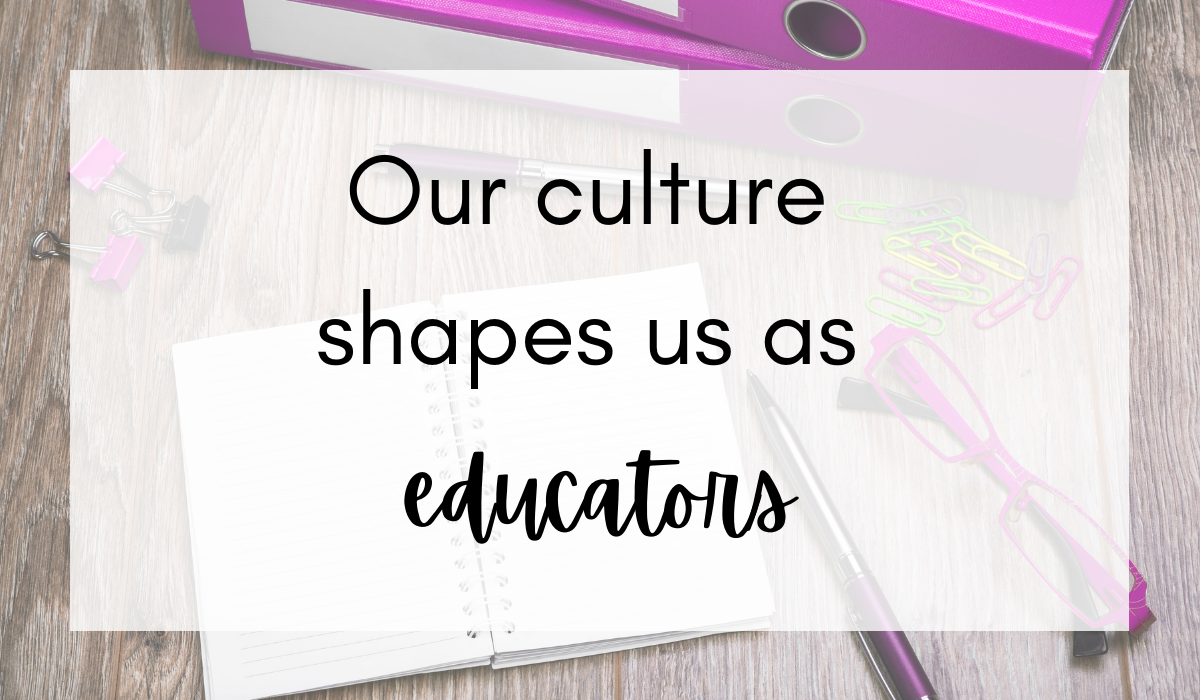
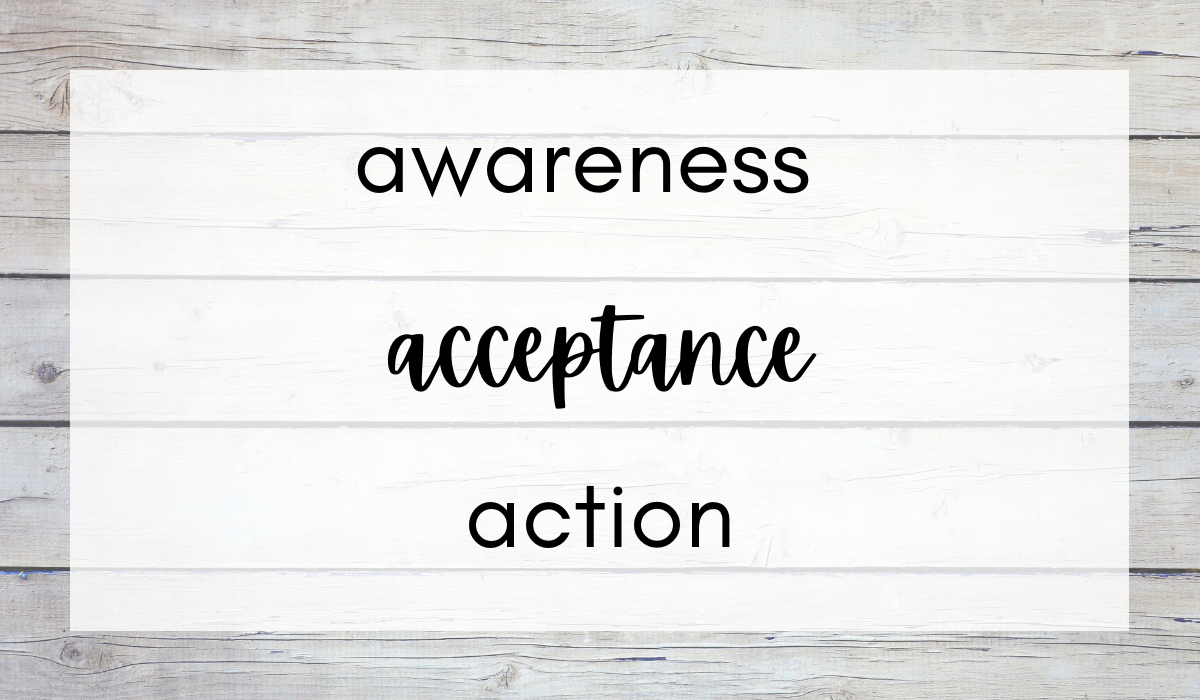
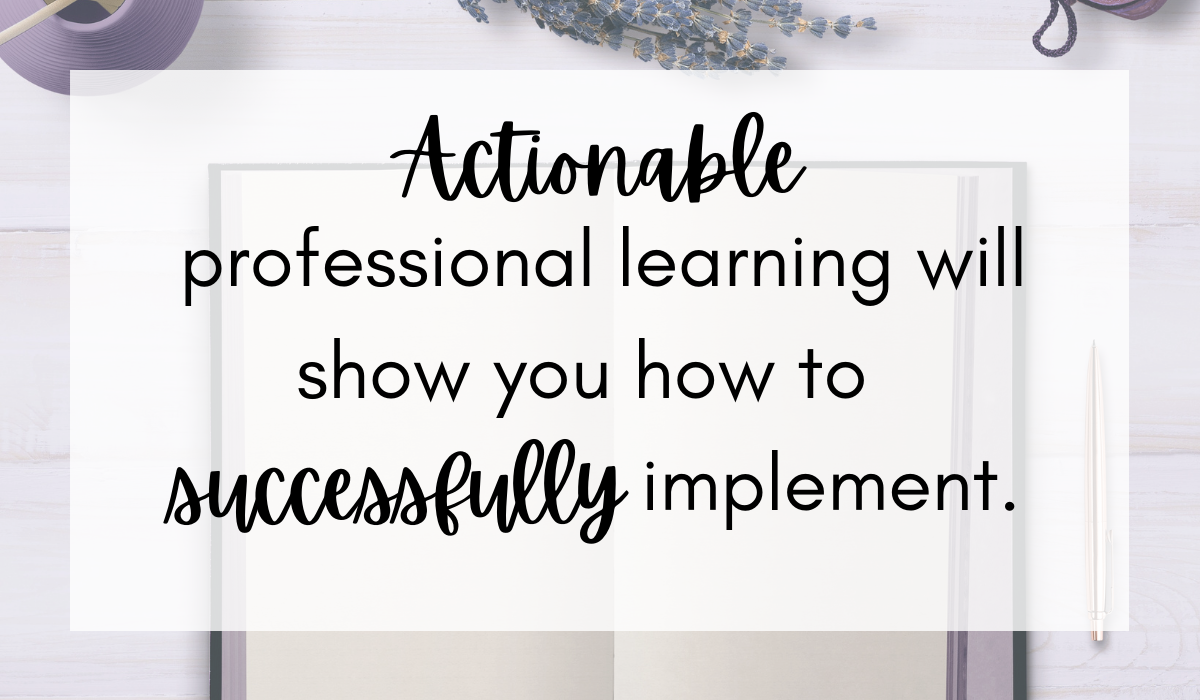

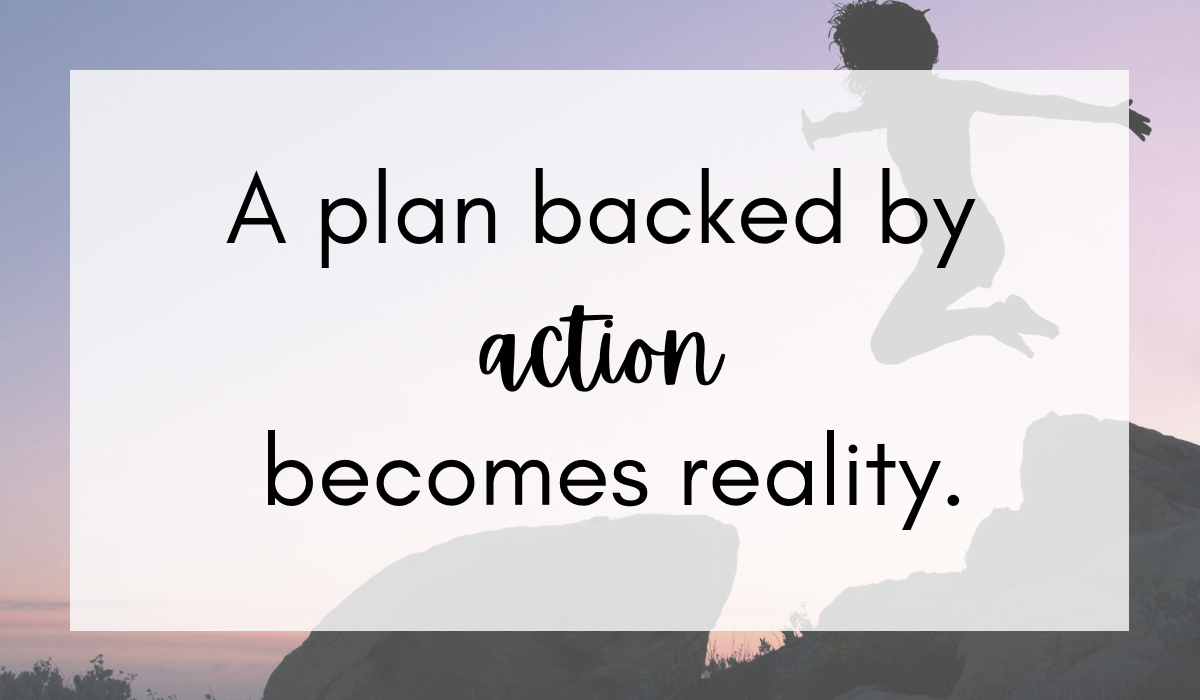


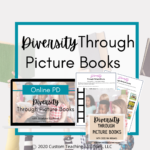


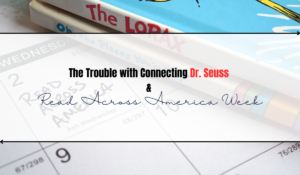
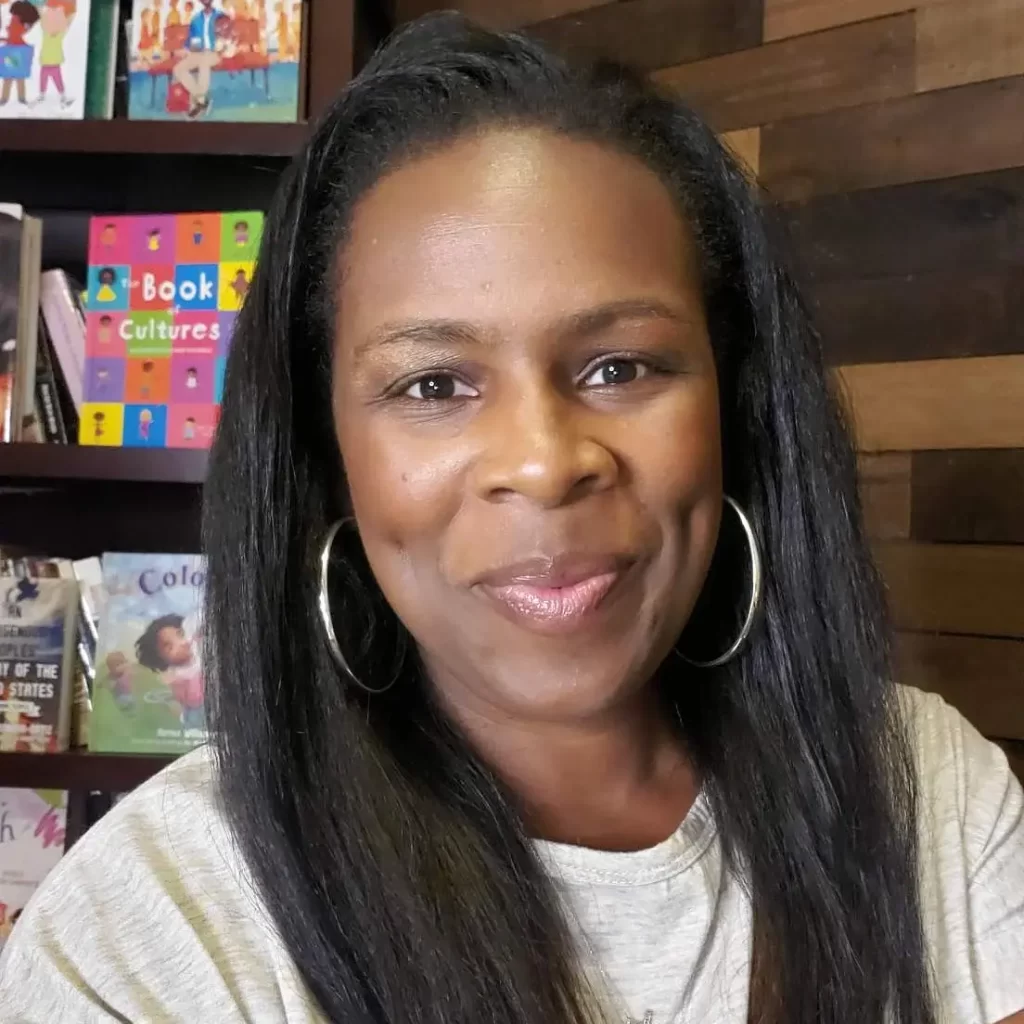
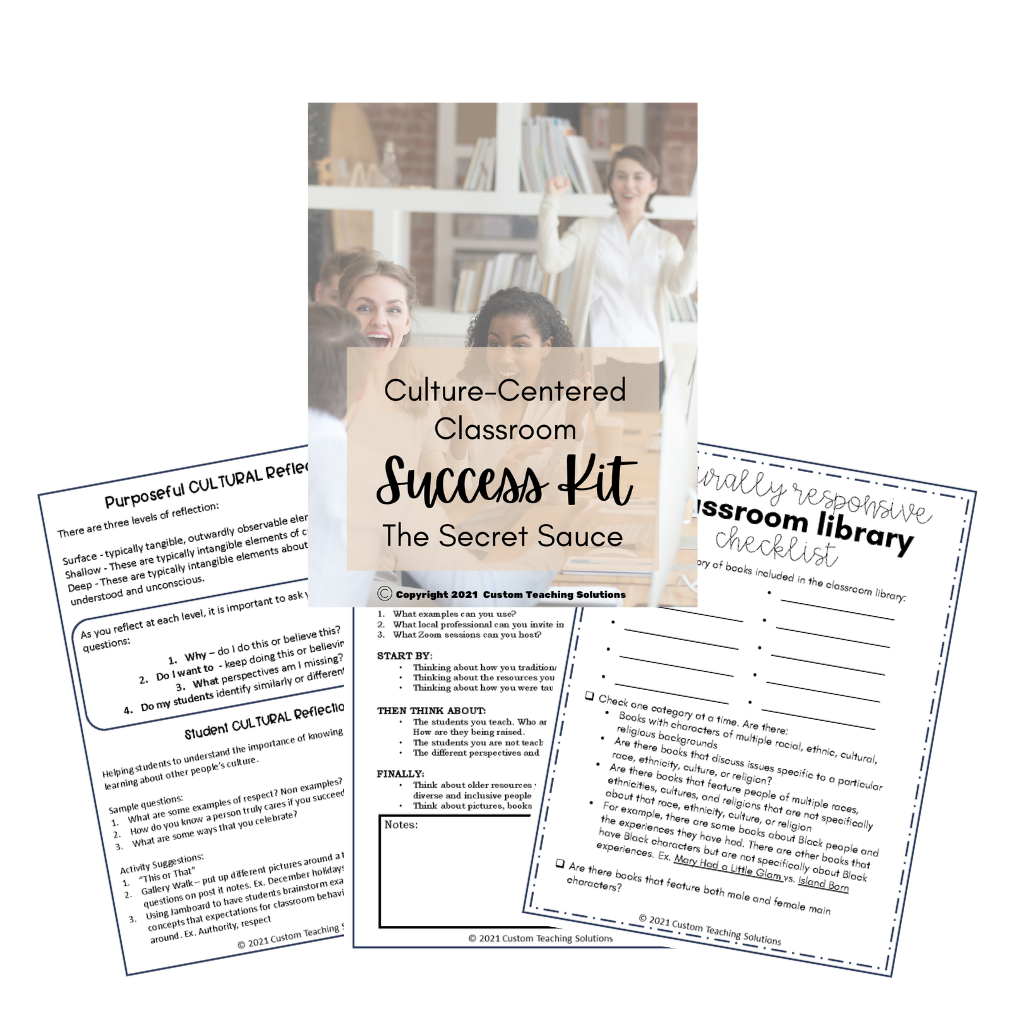
1 thought on “The 5 Habits of a Culturally Competent Educator”
Pingback: How to Use Diverse Picture Books in the Middle School Classroom - Custom Teaching Solutions